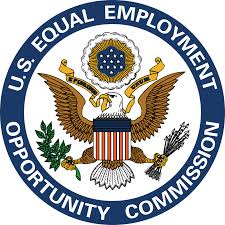In its decision in Bailey v San Francisco District Attorney’s Office, the California Supreme Court has recently affirmed that even a single incident of using “N” word by a coworker in reference to a black employee can be a sufficient basis for making an unlawful harassment and hostile work environment. The Court emphasized that the analysis of any racial harassment claim is fact specific, and it must take into account the totality of the relevant circumstances.
The court further noted that even though generally harassment by a supervisor is viewed more seriously than the same conduct by a co-worker, this is not a rigid rule. After all, many employees don’t see their manager very often, while having to work side by side with their (harassing) co-worker on a daily basis. The court also pointed out that not all co-workers are made equal. For instance, a coworker whom one sees at the water cooler is quite different than a coworker with whom one shares an office space or work duties. Also, it matters whether a supervisor is aware / condones the harassing conduct by coworkers , thereby further emboldening that type of behavior.
There is no magic number of slurs that create a hostile work environment. What matters is looking at the totality of the factors when determining whether the conduct is sufficiently severe and pervasive to be actionable as a claim in court.
 San Francisco Employment Law Firm Blog
San Francisco Employment Law Firm Blog




 Then, the court attended to the issue of what action an employer should take against the harasser to avoid liability. The EEOC guidelines recommend that an employer’s remedy should be immediate and appropriate without adversely affecting and terms and conditions of the complainant’s employment. The ninth circuit, agreeing with a number of other courts, held that the remedies against harassment should be reasonably calculated to end the harassment. Not all harassment warrants dismissal. Rather, remedies should be assessed proportionately to the seriousness of the offense. Employers should impose sufficient penalties to assure a workplace free from sexual harassment. The reasonableness of an employer’s remedy will depend on its ability to stop harassment and the kind of remedy used.
Then, the court attended to the issue of what action an employer should take against the harasser to avoid liability. The EEOC guidelines recommend that an employer’s remedy should be immediate and appropriate without adversely affecting and terms and conditions of the complainant’s employment. The ninth circuit, agreeing with a number of other courts, held that the remedies against harassment should be reasonably calculated to end the harassment. Not all harassment warrants dismissal. Rather, remedies should be assessed proportionately to the seriousness of the offense. Employers should impose sufficient penalties to assure a workplace free from sexual harassment. The reasonableness of an employer’s remedy will depend on its ability to stop harassment and the kind of remedy used.